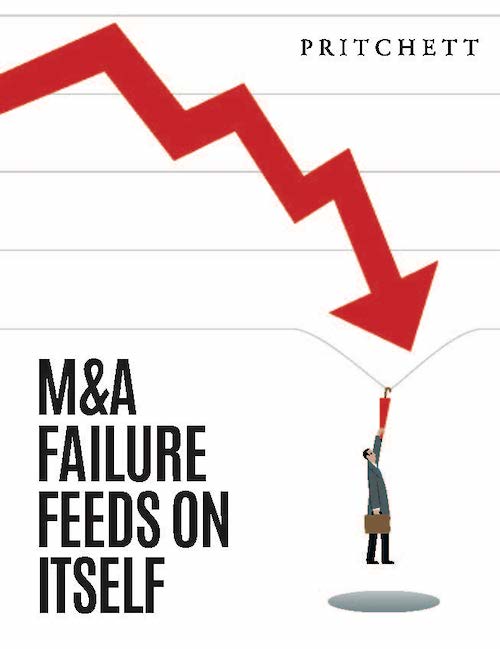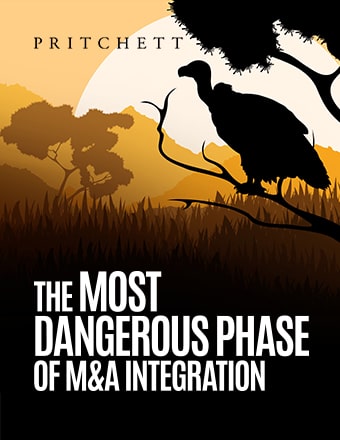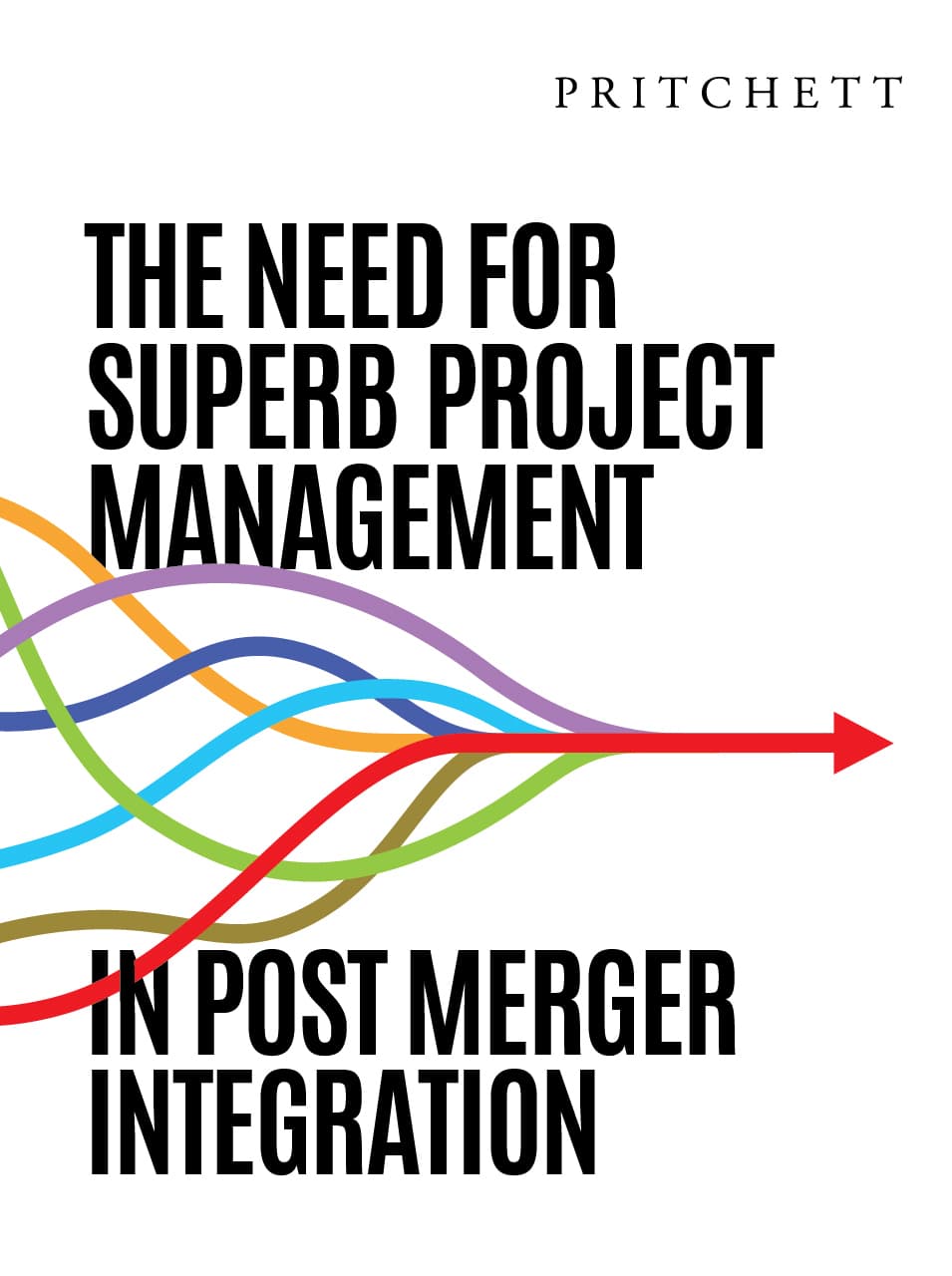My brother Jim and I had a rock-and-roll band back in our high school and college days. We won a Texas-wide talent contest, played across the Southwest, and actually put out a record that hit Billboard ’s “Top 100” at #74.
Jim was a smashingly good guitar player who, unlike the rest of us in our band, went on to a successful music career. Roger Miller, Barbara Mandrell, and Buck Owens all tried to recruit him as their bands’ lead guitar man. He played Las Vegas and beyond, eventually ending up with United Artists in Nashville as a songwriter and session musician.
Regrettably, our band’s drummer, bass player, and I were in a very different league. I’ll put it like this: We were so bad we thought we were pretty good!
That can happen when you possess only mediocre skill at what you’re doing. It brings to mind the comment by Peter Drucker: “Most people think they know what they’re good at. They are usually wrong. More often, people know what they’re not good at—and even then more people are wrong than right.”
Far too many acquirers suffer from this problem. They believe they’re pretty good at post-merger integration even though their skill is marginal. They’re rather oblivious to their shortcomings and, as a result, their deals bleed money from many unnecessary wounds.
These companies that settle for integration mediocrity are plagued by:
- Loss of key people
- Loss of clients
- Months of subpar productivity
- Failure to achieve their deals’ potential
A flawed integration process can be terribly expensive, yet the costs of the mistakes are seldom measured by acquirers. Nobody tracks the damage . . . nobody is held accountable. The integration process just grinds along while mediocrity drains value out of the deal in broad daylight.
Let’s remember, M&A is the big table. It’s a high-stakes game. And even modest improvements in your integration process can make millions of dollars’ worth of difference.





